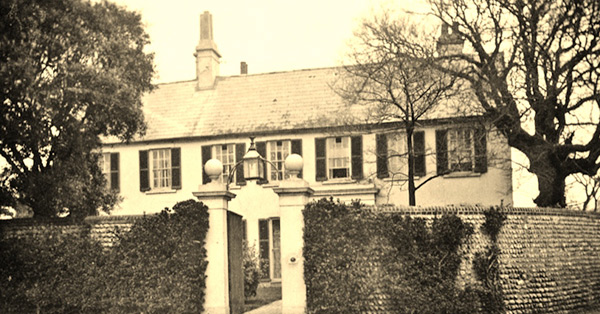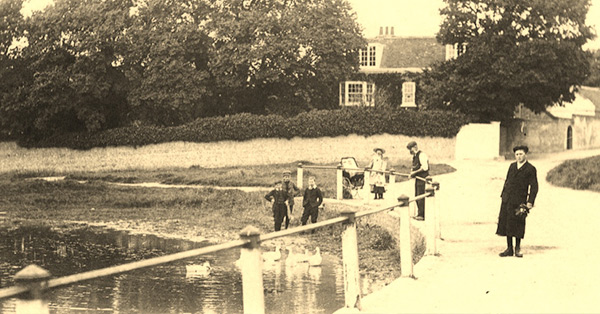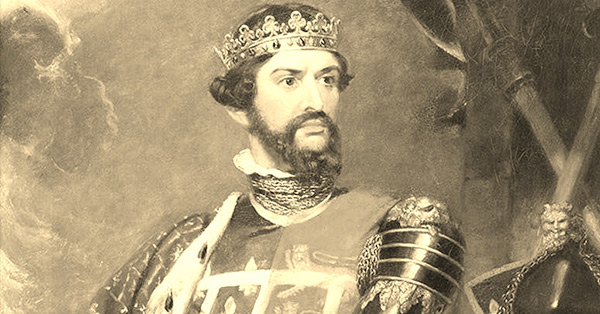
THE GHOST AT THE GRANGE
The village of Rottingdean is located some four miles east of Brighton. Its history as a settlement is thought to date back to as early as the Stone Age with many flint tools and axes being uncovered in the surrounding area. Once home to a humble farming community many residents soon discovered that smuggling was infinitely more profitable business that ploughing the land. With the village being located in the only gap in the cliffs between Newhaven and Brighton, smugglers had little trouble in hauling contraband ashore.
Over the years the village came to host a surfeit of artists, writers, and celebrities; perhaps the most famous being Rudyard Kipling, who lived in a grand house overlooking the village pond. Other residents included Sir Edward Burne Jones, the pre-Raphaelite painter, and Sir Roderick Jones, head of Reuters news agency, and his wife the writer Enid Bagnold, most famous for The Chalk Garden and National Velvet.
Many major film stars stayed in Rottingdean from the 1930s onwards, including Bettie Davis and Merle Oberon. Charles Laughton and Katherine Hepburn also made visits to stay with their friend Enid Bagnold. Michael Wilding, at one time, owned The Coach House pub and Errol Flynn’s parents lived in a nearby village. By all accounts, Errol was often seen propping up the bar in several of the local pubs in the 1950s.
The veteran comedian, Jimmy Edwards, also owned a flat on the seafront. One of the village’s most distinguished celebrities was the debonair Hollywood star Cary Grant, who was particularly fond of the village. He became a frequent visitor to the Rottingdean Club, which is where he would stay on his many visits to England. So enamoured was he with the club that he made several attempts to purchase it. In fact his spirit is believed to haunt the club of which he was so fond.
In more recent times, Ricky Gervais and Sir Trevor MacDonald have been spotted while visiting relatives there. Cate Blanchett, who owned a house in Brighton, was often seen collecting her son from the prep school that once stood in the high street. By all accounts, the League of Gentlemen based their ‘local shop’ on a gift shop found on the high street.

Needless to say, the village has its fair share of ghosts. Aside from the Rottingdean Club, paranormal activity has been witnessed at The Black Horse Inn, The Plough Inn, The Olde Cottage Tea Rooms, and, most notably, The Grange. The Grange Museum and Art Gallery overlooks the village pond. To the rear of the building is a delightful walled tea garden. The house dates from 1740. It was given its present name by the artist Sir William Nicholson, who lived there from 1909 to 1914.

A former house once stood on the site and had allegedly been visited by Edward of Woodstock, otherwise known as the Black Prince. Legend has it that his spirit haunts the building and has been seen scrabbling across the rooftops on dark and stormy nights. This is no doubt the invention of an overly fertile imagination. However, a more recent incident may be a plausible account of ghostly goings-on in the building.
A former waitress, working at the tea garden, had cause to visit the storeroom to the rear of the house. She suddenly found herself enter a cold pocket of air and have the unsettling feeling that someone was watching her, although she knew herself to be quite alone. The poor girl was so distressed by the incident that she subsequently left her job. Shortly thereafter the priest from the nearby church of St. Margaret’s was called upon to conduct an exorcism to expel the spirit.
